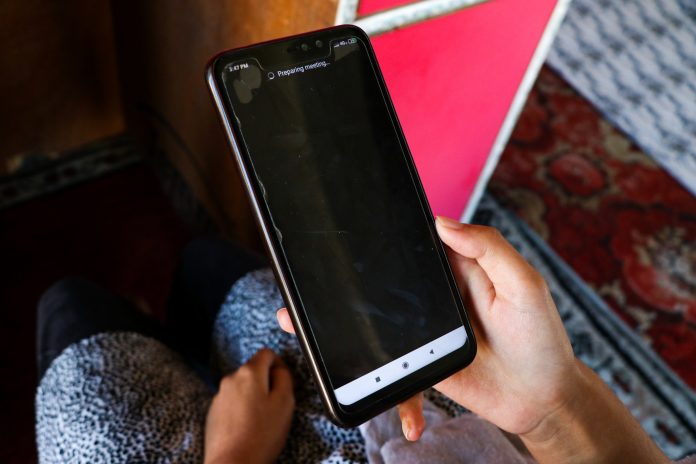By Asma Hafiz, TwoCircles.net
Srinagar: Waseem (name changed) had prepared for his viva exam scheduled for the next day. However, in the morning when he tried to join his class on Zoom (a video conferencing application), he realised the internet was snapped in his district, Pulwama, yet again. This was not an isolated event as internet shutdowns are quite common in the region. Whenever an encounter breaks out between the armed forces and the militants, the internet is snapped in the district by the administration citing “security reasons”.
Waseem says he had to miss a lot of classes due to frequent shutdowns. Initially, he had tried to live at a relative’s place in Srinagar but he had to go back home when his mother got sick.
“The teachers are very understanding but they are helpless. Just because of a few students they cannot call off a class. At this pace, I think I might lose another year,” says Waseem.
When the Hindu nationalist government of BJP unilaterally revoked Kashmir’s special status, it snapped internet connection and phone lines. The entire region was placed under curfew while thousands of troops marched into the disputed territory. For months, there was an information blackout in Kashmir. After a long stretch, low-speed mobile internet and broadband services were restored. Due to the military clampdown and the coronavirus pandemic, students across the valley have not been to school for more than a year. With low-speed internet and recurrent internet shutdowns, the life of students continues to remain disrupted.
The erratic internet connection has made Waseem restless. He fears he will miss out on some important lectures which will only aggravate his problems.
“I keep refreshing the web page of my browser to make sure the internet is working. There is a lot of stress and it has taken a toll on my health,” adds Waseem.
While there have been demands to restore 4G, the government keeps extending the ban. Recently, the restriction was extended till 21 October in all the districts of Jammu and Kashmir except for Ganderbal and Udhampur.
Preparing for her morning class, Mansha takes out her spiralled notebook and begins to jot down the name of the subject in neat handwriting. As the clock strikes 10 am, she opens the zoom link and waits for it to connect. However, on the screen appears a spinning circle on top of which is written ‘Connecting’. After a few minutes, Mansha gives up and closes the application, distraught with the bad signal.
“This is an everyday experience. Even if you are able to connect, there are chances you will be logged out again. The whole concept of online classes in Kashmir seems futile,” says Mansha, a 12th class student.
Mansha says around 10-15 students are able to attend the Zoom meeting which does not comprise even half of the class. She is apprehensive about writing her board exams this year saying most of the syllabus remains uncovered.
As more criticism poured out against the throttling of internet speed in Kashmir, the Government defended its decision by saying “Internet restrictions in Jammu and Kashmir are in the interest of sovereignty and integrity of India,” according to a report in NDTV.
In a written reply to Lok Sabha, Minister of State for Home, GK Reddy said, “The 2G mobile internet speed is not an impediment in COVID control measures including dissemination of information to general public as well as health workers. E-learning apps and education and e-learning websites of the government are accessible over 2G internet for downloading e-books and other study material.”
But the experience of students and teachers paints an entirely different picture.
While talking to TwoCircles.net, Saima Lateef, a teacher at a local private school in Srinagar, related her ordeals. The absence of proper learning, she says, is going to have long-term effects.
“While some countries are deploying 5G technology, we are forced to manage our work with 2G network. It breaks my heart to see so many children unable to join the virtual classroom. Who is going to take responsibility for them?” says Saima.
Many teachers are adopting different methods to tackle connectivity issues. Saima makes short videos on different topics and sends them across in the class WhatsApp group. She also prepares worksheets and makes small audio notes recording instructions on how to solve them.
“The other major problem at hand is that many students cannot afford the luxury of buying a smartphone. They have no option but to manage on their own. There is clear discrimination. Not everybody comes from a privileged background and the government needs to understand that,” adds Saima.
Some teachers have come up with the idea of open-air classrooms as a solution to network issues. While this has proven to be fruitful as students are able to interact with their teachers but not everybody has this option at their disposal. Even after all these innovative teaching methods, education in Kashmir is lagging behind.
Mansha sets aside her phone and notebook after not being able to join the online class. “Maybe tomorrow I will be able to attend the lecture. I am very worried about my future,” she exclaims.

